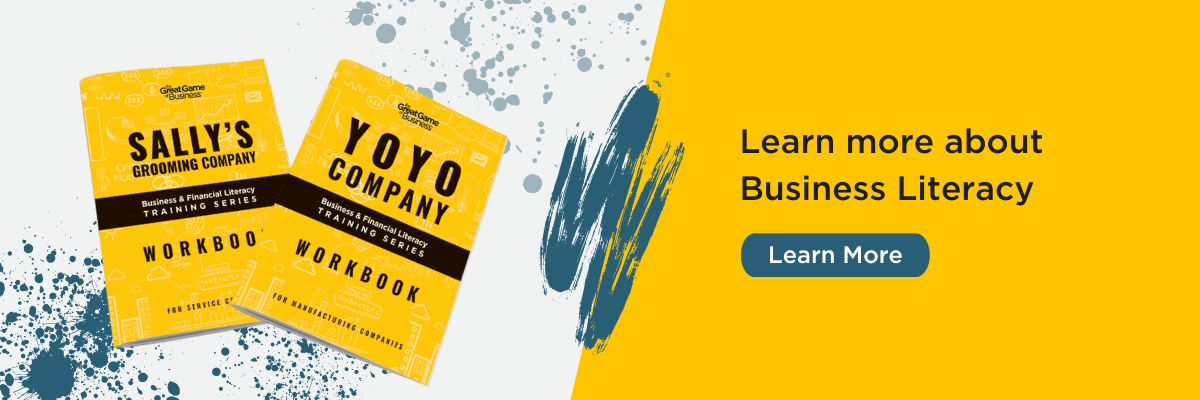 Co-authored by Scott Ogeka
Co-authored by Scott Ogeka
Without employee engagement, strategic planning can deliver questionable results.
This sentiment often exists because companies lack a simplified process and a buy-in from informed employees.
High-Involvement Planning is a key element of open-book management at SRC, West Paw Design and many other companies. This process does not require an outside strategic planning consultancy to help your company; instead it is a planning system that works inside the company.
The two key elements to create success in strategic planning are as follows:
- One-Page Strategic Plan. Fortunate for attendees of the Gathering of Games Conference, Verne Harnish will be sharing his wisdom.
It was the fall of 2007 when Verne spoke to a group of business people in Bozeman, Montana, in which we learned of the power contained in a One-Page Strategic Plan. In fact, Verne’s company, Gazelles, has a suite of freely available tools, one of which is an excellent example of a One-Page Plan.
Throughout the years, we have worked to evolve how we implement our strategic planning process, learning about how we can unlock the power of the plan with insights from our employees.
Rich Armstrong from the Great Game of Business was our consultant who showed us another version of the One-Page Plan, known as the “Strategy for Growth Template,” aka “Playbook.” We use a version of this tool today.
- Get your employees involved. The Great Game of Business’s one-liner is, “Planning is one thing, execution is everything!” It is so important to have employees involved in the strategic work so that they can better align the work with the company goals.
How do we get the great execution? “People support what they help create,” has become another mantra from the Great Game. The fact is that when employees actively participate, they buy-in. However, if they don’t buy-in, they don’t commit. If they don’t commit, they don’t deliver. Also, as Verne Harnish notes in Rockefeller Habits, a company is strong when “ongoing employee input is collected.”
Simply involving employees from all departments before the strategic planning starts, such as asking for their input on what is working and what can be improved, gives the team much more insight.
After the plan is complete, go back to your employees with how their various feedback showed up in the finalized plan.
It is always important to remember that it takes years of practice and refinement to make your company’s strategic planning process one that fits your company and culture.
Avoid the consultant-driven, long-winded strategic plans that tend never to see the outside of a desk drawer.
Instead, align on the power of communication on one page and deliver it to all employees containing their vital input. Over time, engagement will increase, allowing your company to create better strategies, improve implementation and strengthen your company culture.
Learn from speakers like Spencer each year at the Annual Gathering of Games, that brings together practitioners from all over the world to share best practices in open-book management and The Great Game of Business. Click below to learn more:
Other Articles You Might Like:
.png)







.png)




-5.png)

